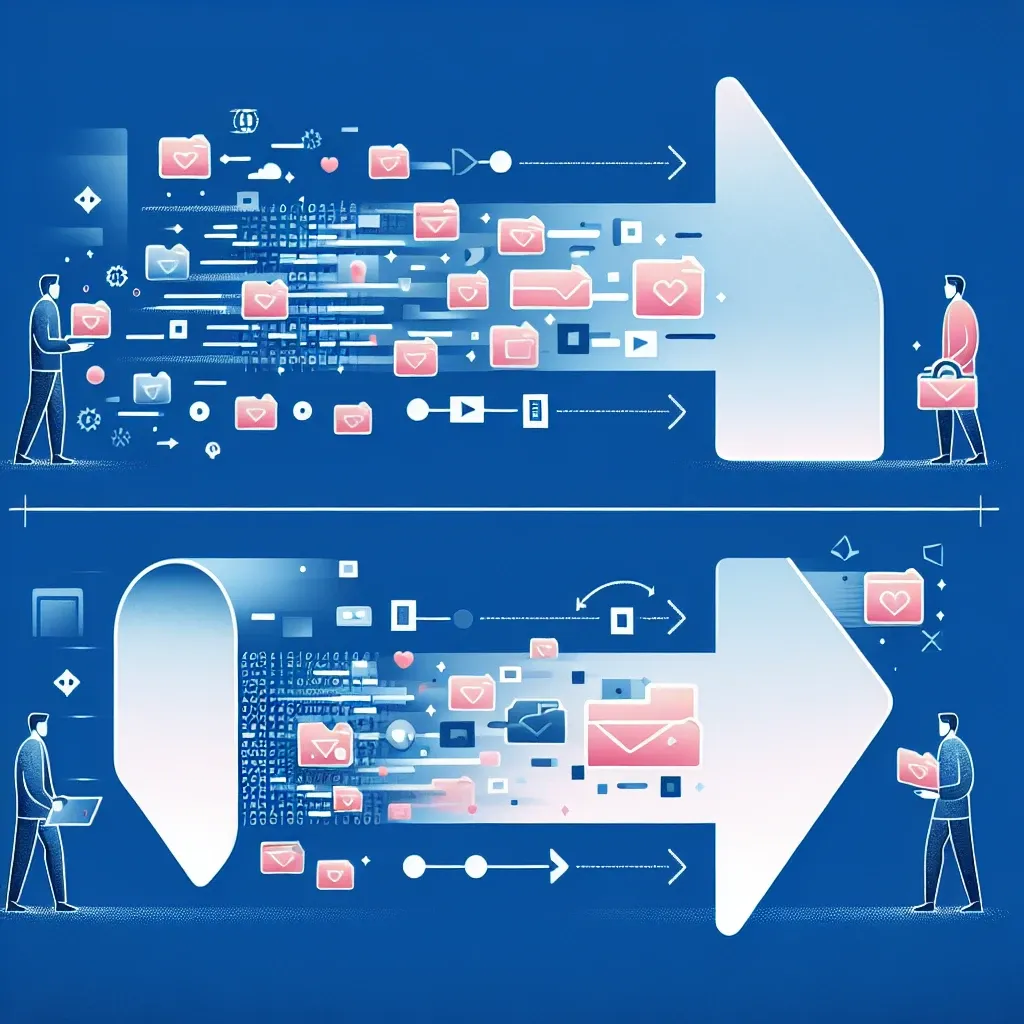HEIC to JPG Converter: A Comprehensive Guide
Understanding HEIC and JPG: Why the Conversion?
The High Efficiency Image File Format (HEIC) is a relatively new image format, offering superior compression compared to its older counterpart, JPEG (JPG). This means smaller file sizes for the same image quality, a boon for storage space and bandwidth. However, JPG remains the ubiquitous image format, widely supported across all devices and platforms. This inherent compatibility advantage makes converting HEIC to JPG a necessary step for many users.
Imagine this: you’ve just taken stunning photos on your iPhone using its default HEIC setting. You’re ready to share them on social media, email them to family, or print them. But your older computer can’t open HEIC files, or your favorite photo editing software doesn’t support them. This is where the need for a reliable HEIC to JPG converter comes in. It bridges the compatibility gap, ensuring your beautiful images are accessible everywhere.
Methods for Converting HEIC to JPG: A Multifaceted Approach
Converting HEIC to JPG isn’t rocket science. Several methods are available, ranging from simple built-in functions on operating systems to dedicated software and online tools. Let’s explore each approach, highlighting their strengths and weaknesses.
1. Using Built-in Operating System Features: The Quick and Easy Route
Both macOS and Windows offer built-in functionalities for image conversion. On macOS, simply right-click the HEIC file, select “Open With,” and choose “Preview.” Preview allows you to export the image in various formats, including JPG. Windows 10 and 11 also provide built-in support for HEIC files, usually through the Photos app. This approach is the simplest and requires no additional downloads or software installations.
However, this method may not always be the most efficient, especially when dealing with a large batch of images. The process can be slow, and the quality of the converted image might not always match the original.
2. Leveraging Dedicated Software: For Enhanced Control and Efficiency
For users who need more control over the conversion process or frequently convert HEIC files, dedicated software offers a superior solution. These software programs often provide advanced features like batch processing, lossless conversion (maintaining original image quality), and additional editing capabilities. They allow you to convert many photos at once which is much faster than doing it one by one.
Choosing the right software depends on your specific needs and technical expertise. Some software might offer a more intuitive interface, suitable for beginners, while others might be more feature-rich, appealing to advanced users. Consider factors such as ease of use, speed, supported features, and cost when making your decision.
3. Utilizing Online HEIC to JPG Converters: The Convenient Web-Based Option
Online HEIC to JPG converters offer a convenient way to convert your images without installing any software. These online tools usually work through a web browser, requiring you to upload your HEIC file, select JPG as the output format, and download the converted image. Their primary advantage lies in their accessibility and ease of use – no software installation required.
However, online tools may have limitations. They often restrict file size, and uploading large files can be time-consuming. Security concerns might also arise, particularly when dealing with sensitive or private images. Always use trusted websites and services, reading user reviews and ensuring the site uses appropriate security protocols.
Choosing the Right Method: A Tailored Approach
The best method for converting HEIC to JPG depends on individual circumstances. For occasional conversions of a few images, using the built-in operating system features may suffice. However, for frequent conversions or large batches of images, dedicated software provides better efficiency and control. Online converters offer convenience but may have limitations in terms of file size and security.
Consider your technical skills, the number of images you need to convert, and your overall comfort level with different technologies when making your decision. Weighing these factors will help you select the most suitable method for your needs.
Beyond the Conversion: Tips for Optimizing Your Workflow
Once you’ve selected your preferred method, consider these tips to optimize your HEIC to JPG conversion workflow:
- Batch processing: When dealing with many files, utilize batch conversion features to save time and effort.
- Quality settings: Adjust the quality settings to balance file size and image quality. Higher quality means larger files, but better image detail.
- File naming conventions: Implement a consistent file naming system to easily manage and organize converted images.
- Cloud storage: Consider using cloud storage to streamline the process, allowing easy access to your images across devices.
The Future of HEIC and JPG: A Look Ahead
While HEIC offers superior compression, JPG’s widespread adoption ensures its continued relevance. As device manufacturers increasingly support HEIC, the need for HEIC to JPG conversion might gradually decrease. However, given the vast existing library of JPG-based content and devices that don’t support HEIC, the conversion process will likely remain relevant for some time. Staying updated with the latest technological developments in image formats will ensure you’re always equipped to handle your image needs efficiently.
In conclusion, converting HEIC to JPG is a straightforward process with multiple efficient solutions. By carefully considering your needs and choosing the right method, you can seamlessly integrate HEIC into your workflow while maintaining compatibility with the wider digital world. For further information and resources, you can consult this helpful website.
For more in-depth technical information on image compression, please refer to this resource: Example Resource 1
For a deeper understanding of image file formats, explore this trusted source: Example Resource 2

